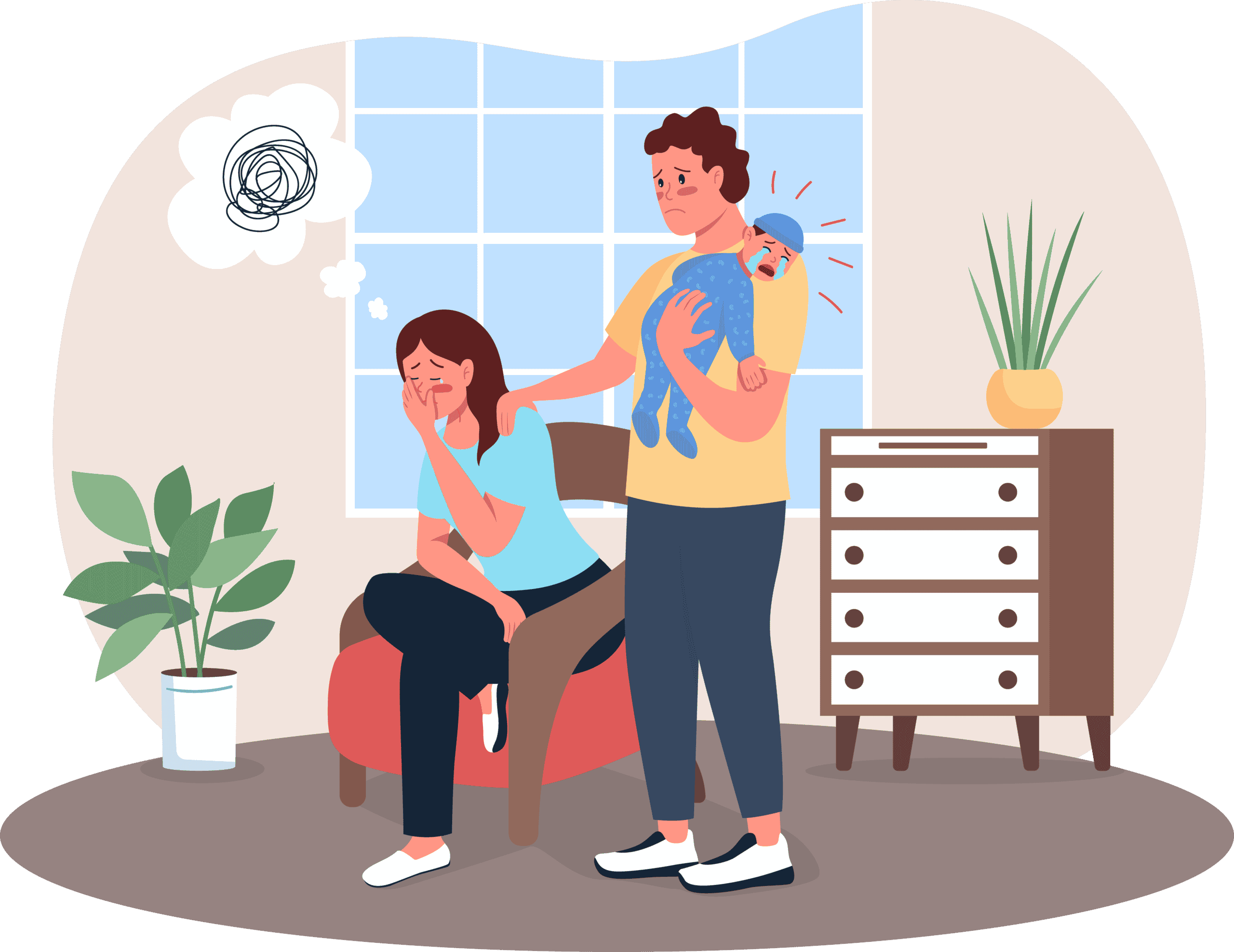
In some of the government funder Family Dispute Resolution providers they provide for Legally Assisted Mediation (LAM) or Legally Assisted Family Dispute Resolution (LAFDR). These models usually provide lawyers from Community Legal Centres that are also government funded.
Legal Aid in each state also provide for Legally Assisted Mediation for separated parents where you attend mediation with your own private lawyer or a Legal Aid Lawyer. Most private Family Dispute Resolution Provides also have a capacity to provide Legally Assisted Mediation.
Most Legally Assisted Mediations will be ‘Shuttle’. This means that you and your lawyer will be in a separate room to the other party and their lawyer. The mediator will ‘shuttle’ between to two rooks with proposals and counter proposals.
There are 5 Levels of Involvement for a lawyer in mediation:
You are the client. You are the principal that decides the level of involvement of your lawyer in the Legally Assisted Mediation. With each increase in level, you will need to have an increase in level of trust in your lawyer.
The ‘Absent Advisor’ provides crucial legal background and clarity before mediation begins—reviewing cases, advising clients on their rights, outlining potential outcomes, and outlining strategic points for negotiation. However, once the session starts, the lawyer steps back, allowing their party, the other party and the mediator to navigate the conversation independently. This approach empowers the parties by ensuring they are well-prepared and informed while keeping the mediation process free from overt legal advocacy. It’s particularly effective for clients who are comfortable engaging directly but need legal grounding beforehand. The Family Dispute Resolution Practitioner (Mediator) is required to encourage the parties to seek legal advice before their mediation.
The next level, ‘Observer Advisor’, involves the lawyer taking a seat in the room—present during the mediation sessions. In this capacity, the lawyer’s role is to monitor the proceedings, ensuring that legal principles remain in view without actively steering the negotiation. Here, the lawyer is always on standby, ready to offer timely advice or clarify legal complexities when subtle issues arise.
Stepping further into the mediation process, the lawyer that adopts the role of an ‘Expert Contributor’. At this level, the lawyer actively provides legal clarity during the discussion. When the conversation touches on legal issues or the ramifications of potential agreements, the Expert Contributor interjects with explanations, interpretation of legal rights, and contextual insights. This contribution helps bridge the gap between legal theory and the practical realities of the dispute, guiding parties to understand not just what is being said but what it means in legal terms.
The ‘Collaborative Participant’ model represents a transformative shift—here, the lawyer becomes a partner in the mediation process. They work in tandem with the mediator and even the opposing counsel to craft creative, mutually acceptable solutions that fully respect the legal parameters of the conflict. In this role, the lawyer is engaged in brainstorming, negotiating, and refining proposals alongside all parties. This integrated approach not only protects clients’ legal interests but also enhances the overall efficiency of reaching a resolution.
In this capacity the ‘Spokesperson’ role, the lawyer speaks directly on behalf of their client during mediation. When a client feels overwhelmed by negotiations or is less comfortable with direct communication, the Spokesperson provides a voice that conveys the client’s legal positions and interests. Acting as an extension of the client, the lawyer in this role negotiates ensuring that every legal nuance is expressed clearly. This model is especially useful in emotionally charged or complex cases, where a direct legal advocate can help maintain both clarity and momentum.
Understanding these roles is valuable for everyone involved. It emphasizes the importance of clearly defining roles from the outset to ensure that the process remains fair, balanced, and focused on resolution. It is up to you to decide what role your lawyer will have in your mediation.
Remember, it is your case, your family and you are driving it.
